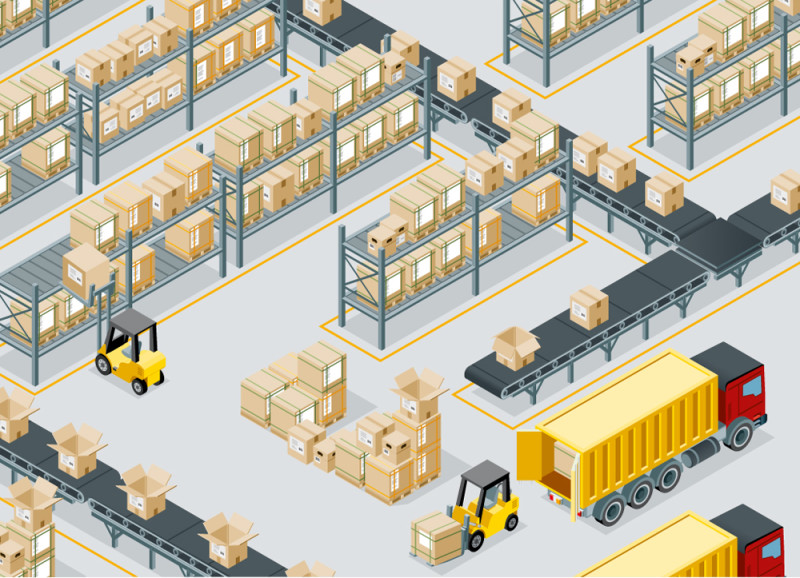This post has already been read 20637 times!
 Tompkins International recently celebrated our 15th year as a Material Handling integration firm. As I reflect on these 15 years and the success of this business dimension, I see some very important lessons that have significantly contributed to our success in designing and implementing material handling systems. Here are the top 3 interrelated lessons that I encourage you to ponder:
Tompkins International recently celebrated our 15th year as a Material Handling integration firm. As I reflect on these 15 years and the success of this business dimension, I see some very important lessons that have significantly contributed to our success in designing and implementing material handling systems. Here are the top 3 interrelated lessons that I encourage you to ponder:
- Life Cycle Usability: We recently wrote a report based on a survey on the age of material handling systems. We discovered a surprising outcome associated with this survey: most material handling systems are in use 10 years after installation, many are in use 15 years after installation, and some are still operating after more than 20 years. The challenge beyond the challenge of these systems being used beyond their useful life is the fact that these systems are most often designed as a component of a 5 to 7-year strategic master plan. So, the key point to remember when designing a material handling system is to consider how a system designed with a 5-7 year planning horizon is going to operate over a much longer period of time. What we often see here is an operating horizon that is twice, three-times and four-times longer than the planning horizon. You must build maintainability and reliability into the system design so that it can operate over the operational life of the system.
- Adaptability: Due to the unprecedented rate of change taking place in business today and the impacts this rate of change has on material handling systems, it is very important that the systems be designed while considering:
- Modularity: Seasonality, promotions, growth, product life cycles, and ongoing daily volume fluctuations beget the need for our material handling systems to operate over a wide range of capacities.
- Flexibility: As times evolve, things change. Products get larger and smaller, they get lighter and heavier, etc. Material handling systems must be designed to operate over a wide variety of different products and packages while still operating efficiently, effectively, and safely.
- Rigidity: While we are designing material handling systems to be modular and flexible, we also need to design these systems so as to reduce rigidity. Rigidity constrains operating performance and can limit the value of the material handling system over time.
- Simplification: We often spend as much time improving our designs as we do developing the initial design. The rigorous review of the material handling system design can also cause a significant reduction in the cost of the material handling system. Many material handling equipment suppliers are interested in selling “more steel” so we do not see them rigorously pursuing simplification. Since our goal is to “sell less steel” we invest more thought to assure the lowest cost, highest value, and highest ROI. We strongly believe “More Thought and Less Steel” is the correct design thought process and this only occurs via rigorous simplification.
So, the lessons to be learned are:
- The system you are designing will be used well beyond the planning horizon.
- The system you are designing will be required to perform across a broad range of operating requirements.
- For the system you are designing to be of maximum value, it must be designed with “More Thought and Less Steel.”
More Resources:
- “More Thought Less Steel”
- White Paper: Put Systems: How a Put System in Your Distribution and Fulfillment Operations Can Overcome Key Challenges
- Article: How to Successfully Design & Implement an Automated Distribution or Fulfillment Center
Latest posts by Jim Tompkins (see all)
- Optionality: The Critical Supply Chain Imperative for 2024 - January 18, 2024
- The Death of the Supply Chain and Birth of the Digital Supply Network - January 26, 2021
- Yahoo Yard Sale: What is Verizon’s Play? - August 4, 2016
